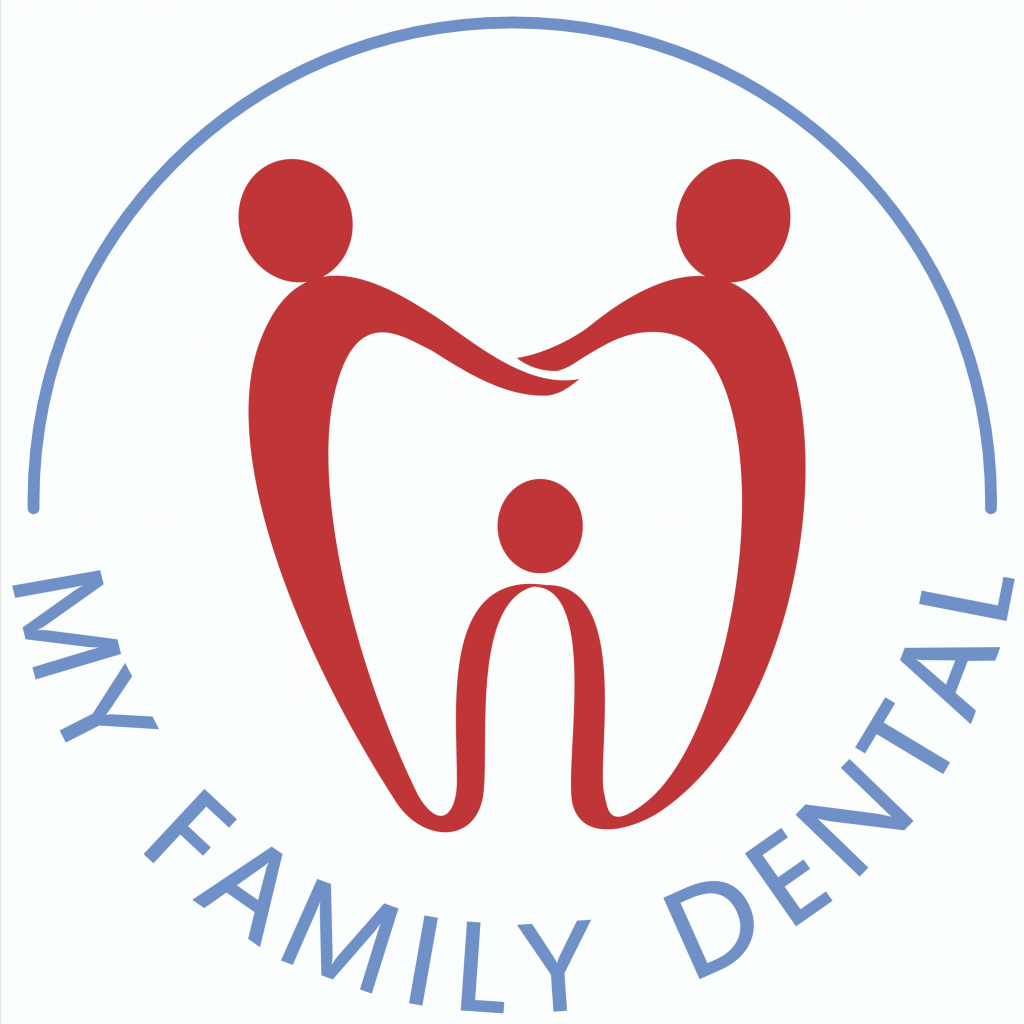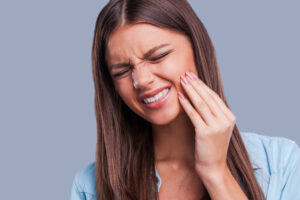Invisalign is the latest trend in dental care, but it comes with unique maintenance requirements. While most people know the basics of cleaning their Invisalign, few know the more intricate details. This article explores the nuances of Invisalign cleaning, from the basics to the more advanced techniques.
Despite its complexity, proper Invisalign cleaning is essential to ensure your retainer remains clean and odour-free. With the right knowledge and attention to detail, anyone can become an Invisalign cleaning expert.
Despite the convenience of Invisalign, it is still essential to maintain it properly to ensure its effectiveness and longevity. Invisalign requires more than just regular brushing and flossing to keep it clean.
In this article, we will discuss the essential steps of Invisalign maintenance, including removing plaque build-up and odour-causing bacteria, using the right cleaning products, taking care of your retainers, avoiding common cleaning mistakes, visiting your dentist regularly, and properly storing your Invisalign when not in use.
With the proper knowledge and attention to detail, anyone can master the art of cleaning their Invisalign.
Understanding the Basics of Invisalign Cleaning
Invisalign cleaning involves a specific set of steps that must be followed to ensure that the aligners remain clean and free of debris.
The first step is to rinse the aligners with warm water and then brush them with a soft-bristled toothbrush.
It is essential to avoid using hot water as this can cause the aligners to warp.
Additionally, lukewarm water and a small amount of white vinegar and baking soda mixture can help clean the aligners.
To complete the cleaning process, a specialized cleaning solution can help keep the aligners clean.
Regular cleaning is essential to preserve the orthodontic treatment and ensure that the aligners look and feel their best.
Removing Plaque Build-up and Odor-Causing Bacteria
Removing plaque build-up and odour-causing bacteria can be achieved by regularly brushing and flossing with carefully selected oral hygiene tools, thus, effectively addressing the issue of a malodorous mouth.
It is essential to choose a soft toothbrush to avoid damaging the surface of the Invisalign. A suitable cleaning method should include brushing all surfaces of the Invisalign, and it is highly recommended to use a mild antibacterial soap or a natural antiseptic to reduce further the number of harmful bacteria present in the mouth.
Additionally, denture cleaners and sodium bicarbonate can remove stubborn plaque. Metal braces, on the other hand, require a different cleaning approach that involves using a stiffer brush and possibly an interdental brush to get into the crevices of the braces.
With the right cleaning tools and proper technique, it is possible to protect your Invisalign from plaque build-up and foul odours.
Cleaning Your Invisalign Thoroughly
To achieve optimal results, thorough cleaning of the Invisalign is essential. It is recommended to use a soft-bristled toothbrush to gently brush the plastic aligners and cleaning crystals, a cleaning tablet, or a cleaning solution. In addition, a mixture of hydrogen peroxide and water can help remove any stubborn plaque build-up.
The same cleaning process can be used for traditional metal braces, but it is essential to avoid using vinegar, which can damage the plastic aligners.
Following a few basic cleaning tips ensures that Invisalign is appropriately cleaned. First, brush the aligners with a soft-bristled toothbrush and cleaning solution daily. Second, rinse the aligners in warm water before and after use. Finally, soak the aligners in a mixture of hydrogen peroxide and water for a few minutes each week.
These cleaning tips will help keep Invisalign clean and free of odour-causing bacteria.
Using the Right Cleaning Products
Using the correct cleaning products is essential for effective Invisalign maintenance. Proper cleaning can help to prevent tooth decay, bad breath, and other oral health problems.
Creating an oral hygiene routine that includes using the cleaning tub, a cup of water, a baby toothbrush, and a bristled toothbrush is essential. One should use a mixture of hydrogen peroxide solution, part vinegar, and sodium sulphate for the cleaning solution.
The bristled toothbrush can then scrub the Invisalign and remove any residue. Afterwards, the Invisalign should be rinsed with water to remove any cleaning solution that may have been left behind.
This routine should be repeated at least once a day to ensure optimal oral health.
Taking Care of Your Retainers
Caring for retainers can be likened to tending a peaceful garden; it requires ongoing attention and nurturing. To properly clean your Invisalign and keep your retainer in good condition, it is essential to take a few extra steps beyond the basics.
This includes taking extensive cleaning measures like using a separate toothbrush and liquid soap to brush and scrub off food particles, cleaning wipes, and warm tap water and aligners with water to rinse the aligner trays. For custom clear aligners, it is recommended to use a retainer cleaning solution to disinfect and clean the trays.
The methods of cleaning Invisalign vary, depending on the type of retainer you have and the materials used. It is essential to use the right type of cleaning products and to take extra precautions to ensure that your retainer is clean and free of any debris.
Following the recommended cleaning methods, you can keep your retainer in top shape and extend its life.
- Use a separate toothbrush and liquid soap to brush and scrub off food particles.
- Use cleaning wipes
- Use warm tap water and aligners with water to rinse the aligner trays
- Use a retainer cleaning solution to disinfect and clean custom aligners
Avoiding Common Cleaning Mistakes
Proper cleaning of an Invisalign retainer is essential to a healthy lifestyle. Failing to clean an Invisalign retainer properly can lead to detrimental results, such as decreased life expectancy and an increased risk of bacterial infection.
Cleaning an Invisalign retainer requires immense cleaning. Suggested cleaning agents include cold water, clean water, scented soap, and cleaning crystals. Cleaning should be done using circular motions.
It is beneficial to establish both morning and evening cleaning routines. Additionally, a retainer cleaning spray may be used for deeper cleaning.
With proper cleaning, an Invisalign retainer can last long and offer a secure and comfortable fit.
Visiting Your Dentist Regularly
Visiting an Invisalign dentist regularly is essential for the maintenance of an Invisalign retainer. Oral hygiene is an important factor in the life of an Invisalign tray, both for its effectiveness and the user’s overall health.
The first step to proper maintenance is to follow the instructions given by the dentist when the tray is first fitted. This may include using a specific tray cleaner or cleaning the tray with lukewarm water and a mild soap. Additionally, the tray should be brushed with a soft bristle brush and fresh water at least once daily, the preferred time after every meal.
Harsh cleaning soaps should be avoided, distilled water should be used in specific amounts, and parts lukewarm and fresh water. Regularly visiting a dentist can help to ensure that these instructions are followed and that the Invisalign retainer is functioning correctly.
Properly Storing Your Invisalign When Not in Use
Storing an Invisalign retainer correctly when not in use is essential to maintain its effectiveness and the user’s overall health. Traditional braces can be challenging to take care of. However, the aligner process with Invisalign is clear and requires less maintenance.
Invisalign’s plastic aligner trays are designed to be removed for eating and other activities and should be stored safely when not in use. When stored incorrectly, excess dental plaque can be left behind in the trays, leading to built-up bacteria. Properly storing the retainer will help to ensure the effectiveness of the customized treatment plan.
Storing the retainer and cleaning it thoroughly is essential to prevent the build-up of bacteria. Using a soft bristle toothbrush and lukewarm water to remove residual plaque from the trays is best. If the trays are not properly cleaned, the bacteria can lead to cavities and other oral health issues.
Storing the retainer in a secure, dry place, away from pets and children, is also important. Doing so will ensure the retainer is kept safe and clean while not in use.
Key Takeaways
The key to properly caring for your Invisalign is understanding the basics of cleaning and the importance of visiting your dentist regularly.
By cleaning your Invisalign thoroughly using the right products, you can ensure that your Invisalign remains free of plaque build-up and odour-causing bacteria.
Additionally, taking care of your retainers and avoiding common cleaning mistakes can also help maintain the effectiveness of your Invisalign.
Coincidentally, these steps ensure that your Invisalign remains in good condition and helps guard against dental issues in the future.
Following these tips can keep your Invisalign clean and maintain optimal oral health.
To ensure your Invisalign is properly taken care of, visit My Family Dental today! Our experienced team of professionals can provide the best advice for cleaning and maintaining your Invisalign to keep your teeth in the best condition possible. Please don’t wait to make an appointment with My Family Dental and start taking care of your Invisalign today!
My Family Dental has dental clinics in Emerald, Bowen, Innisfail, Townsville, Ingham, and Bohle Plains for your convenience.



